Ford’s 2002–05 Thunderbird could finally fly as a future classic
Remember the good old days of the late 1990s? That’s the decade that reintroduced cars from the even better old days! Be the VW New Beetle (1998) or cars with throwback influences (Plymouth Prowler, PT Cruiser, Audi TT, and Chevrolet SSR, to name a few in a long list), automakers quickly figured out that going retro meant raking in the cash. The market was primed for Ford to do the same, and that’s what it did … eventually. In the case of the Thunderbird, half-heartedly.
The new, retro-styled T-bird was introduced at the 1999 North American International Auto Show in Detroit. Its retrofuturist design pulled at all the right heartstrings and utilized Ford’s upscale DEW98 chassis, which also underpinned a pair of aspirational upstarts, the Lincoln LS and the Jaguar S-Type. The detuned Jaguar V-8 ensured the T-bird would rumble, and an impressive palette of eggshell-inspired colors completed the ’50s look. The stage was set for a rapid progression from concept to production.
But this period in Ford’s history was marred by a transition away from its core competencies. As CEO Jac Nasser suggested, “Ford can’t build the company if it holds on to a mind-set that doesn’t respond swiftly to consumers’ needs.”
Rushing the 1999 Thunderbird to production wasn’t one of those consumer needs: The final product arrived roughly two years after the concept, for the 2002 model year. Despite not striking when the iron was hot, the first year of production still netted 31,368 customers—solid numbers for a niche-interest vehicle. That number halved in 2003, a disappointing figure considering the extra 28 horsepower and fatter torque curve offered by that year’s revised V-8 engine. Sales continued to drop until the final year in 2005, but the story doesn’t end there.
While the Thunderbird was initially a flash in the pan, it was not a failure, as many across the internet suggest. The car, built on the prevailing popular design of the moment and one of the strongest American nameplates around, was unequivocally not the problem. There was a market for a retro Thunderbird roadster, one whose loyalty was on par with that of the low-volume Chevrolet Corvette. But no car is made in a vacuum, and corporate interests of a struggling company swirled above the T-Bird like hurricane-force headwinds.
The platform beneath the retro sheetmetal and the factory that created the Thunderbird were each ultimately deemed more of a liability than an asset at Ford. To a company in transition, the T-Bird and its Lincoln LS sistership would never sell in numbers that justified their unique parts and their space at a factory of questionable utility. But that didn’t stop forces from trying to alter the fate of the DEW98 platform—there could have been a happier ending.
The history of the Thunderbird has been intertwined with that of Lincoln since the 1960s, so the notion of 2000s Lincoln making its own version of this Thunderbird was not without merit. Called the Mark X, Lincoln’s concept sported unique sheetmetal and a different dashboard in place of the one shared by the Thunderbird and the LS. The same applied to the stunning Ford Forty-Nine, which used the same DEW98 underpinnings but clothed them in one of the most dramatic examples of Ford’s retrofuturist aspirations. It’s a shame that FoMoCo rejected both concepts, but the decision comes as no surprise: The factory in Wixom, Michigan, was on the chopping block (RIP, as of 2007), and Ford realized platform interchangeability with Jaguar, a profit-sucking brand it no longer wished to own, was not a good long-term move.
With the retirement of Jacques Nasser and the ascension of Bill Ford, perhaps the Thunderbird could have transferred over to the Mustang’s platform and factory, as that model shared parts with Ford products at lower price points. (Hindsight, especially looking back at the success of the Fox-body chassis that the two models shared from the late ’70s into the ’90s, suggests such a move should have always been the case.) But Ford’s new direction, The Way Forward, had no room for expensive tomfoolery: The company was hemorrhaging cash, putting up the crown jewels as collateral on $23.6 billion in loans, and fighting for its survival a mere three years before its GM and Chrysler counterparts declared bankruptcy.
Such a strained situation is absolutely, unequivocally not the time to build a brand around a luxury sports roadster, no matter its name and legacy. With added context, the notion that the 2002–05 Thunderbird was a failure falls away, revealing a tragic tale with multiple villains. More to the point, the machine itself was a solid effort with a loyal following, and though buyer demographics might look like you’d expect at a glance, there’s more to these numbers than what’s on the surface.
It shouldn’t come as a surprise that the eleventh-generation Thunderbird’s vintage style appeals to boomers more than anyone else (65 percent), but their share of T-bird quotes is also rising. Also heading upward is interest among millennials, which has nearly tripled since the beginning of 2020. Their share is a modest 3 percent, but the growth rate is significant. Though the pre-boomer market share as a whole is decreasing, ’02–05 Thunderbirds are a popular choice among this segment and outstrip buyers of the original 1955–57 Thunderbird (18 percent vs. 16). Special editions of this Thunderbird get the most attention across all demographics.
Speaking of special iterations, in 2002, Ford made 200 units of black and silver Neiman Marcus edition. The next year brought the James Bond–themed, orange and coral 007 Edition (700 units made), and a Pacific Coast Roadster edition in debuted in 2004 (1000 units). The final year of production coincided with the Thunderbird’s 50th Anniversary, so a unique Cashmere Edition (1500 units) was introduced. Unlike previous celebrations, the Cashmere Thunderbird shared its anniversary fender emblems with all 2005 models, leading many to believe all models of that vintage are commemorative editions. That confusion might undermine the market for the Thunderbird’s legitimate special editions, but their impressive design and unique trimmings are indeed attracting buyers, and the Anniversary cars are trending up in value.
Much like the 1977–79 Continental Mark V decades before, Thunderbird special editions command a modest premium over a regular Thunderbird (which was available either in a Deluxe or a more upscale Premium trim). The Neiman Marcus edition commanded a significant price premium in late 2022, and though it has gone through a slight pandemic bubble, limited supply should keep it at the top of the T-Bird market, in similar fashion to the Diamond Jubilee versions of the aforementioned Mark Series.
For all derivations of the eleventh-generation Thunderbird, Hagerty Price Guide values hit their lowest point in mid-2020, and aside from the Neiman Marcus cars, prices have rebounded since settling in 2022. Coupled with the slightly growing younger demographics (and the die-hard older fanbase), the slight upward trend in this cooler market is a healthy sign and a positive indicator for the future.
As it ages, the Thunderbird is transitioning from a vehicle for a certain generation to an icon for all ages. It is only a matter of time before younger folks embrace the eleventh-generation Thunderbird for its retro vibes coupled with the added benefits of modern performance, safety, and efficiency.
Ford once said this last Thunderbird “epitomizes the American Spirit” and “recalls a simpler, more down-to-earth era.” In that regard, Ford nailed the brief. But underneath the veneer of good times and great memories lay a company struggling to find itself, years before a global financial crisis forever altered the automotive industry. That symbolism of optimistic determination could very well be the best thing about the 2002–05 Ford Thunderbird.

***
Check out the Hagerty Media homepage so you don’t miss a single story, or better yet, bookmark it. To get our best stories delivered right to your inbox, subscribe to our newsletters.
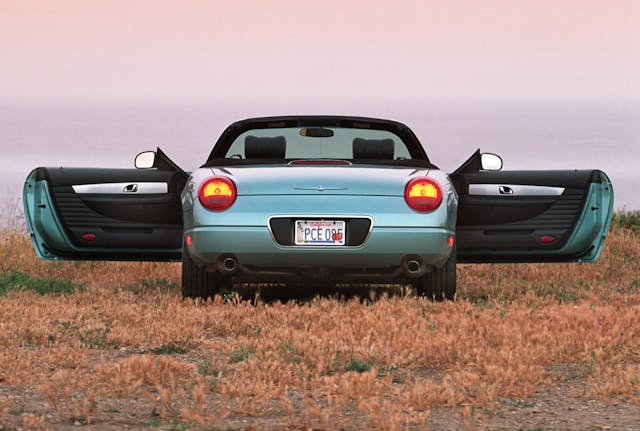
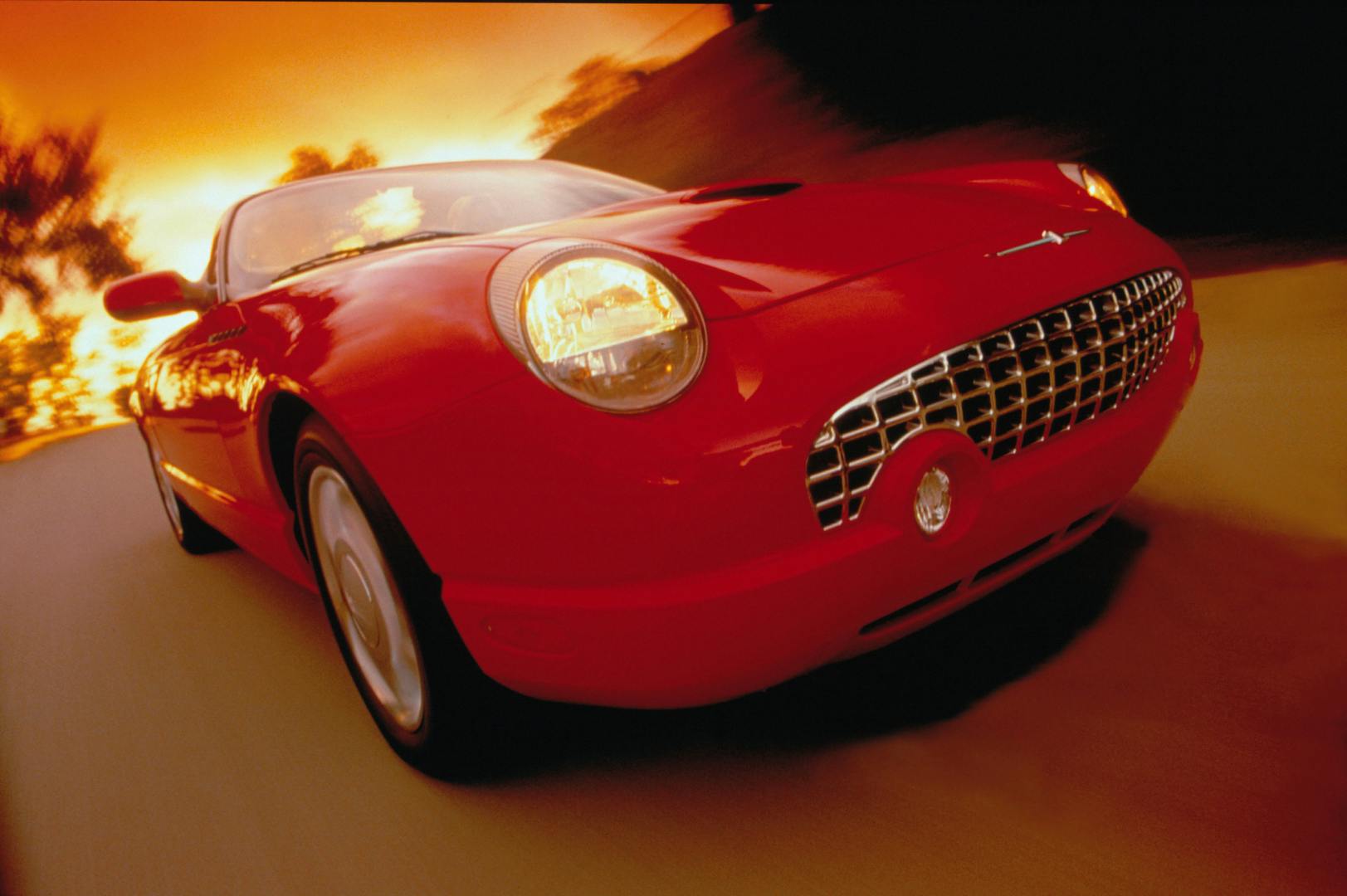
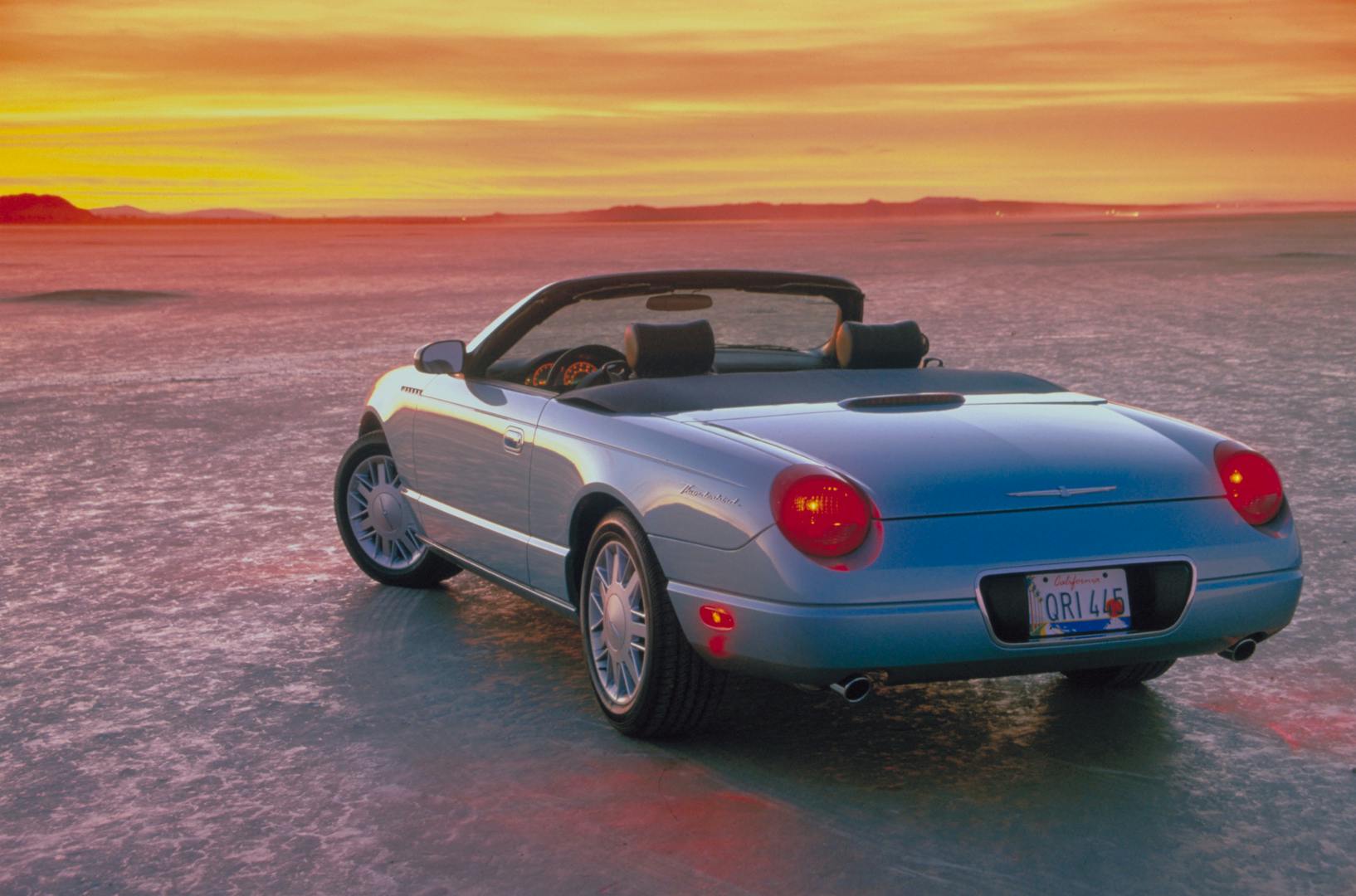
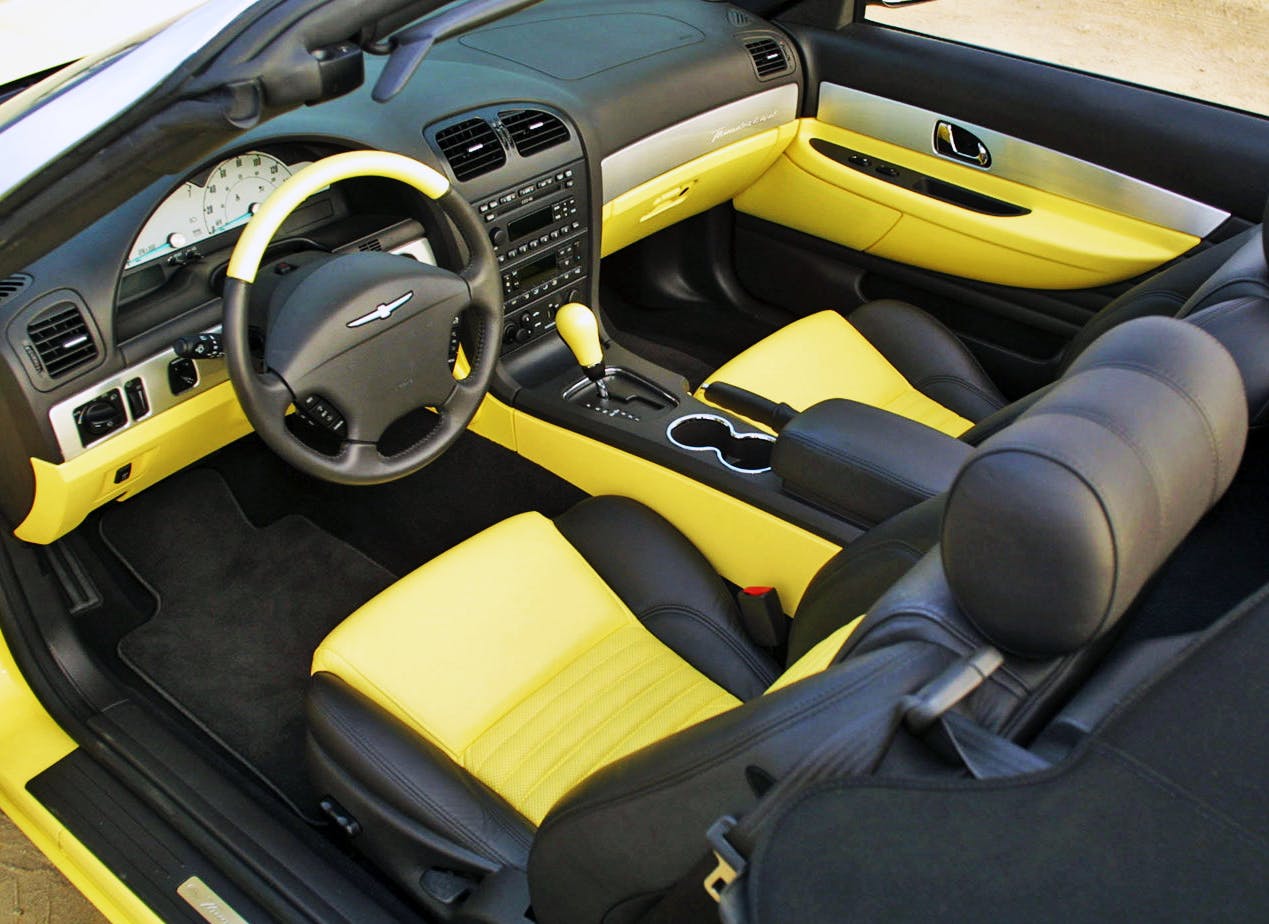
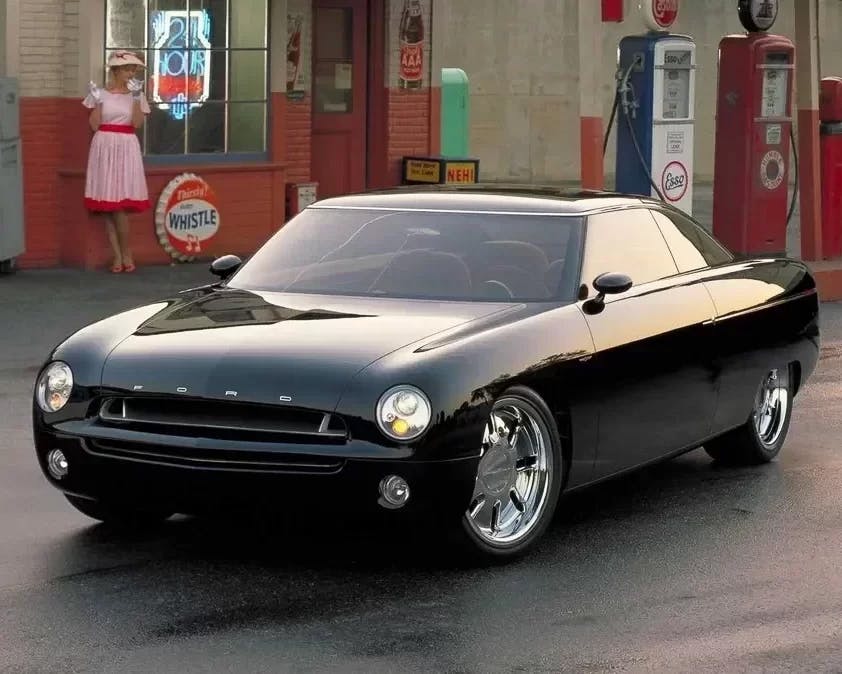
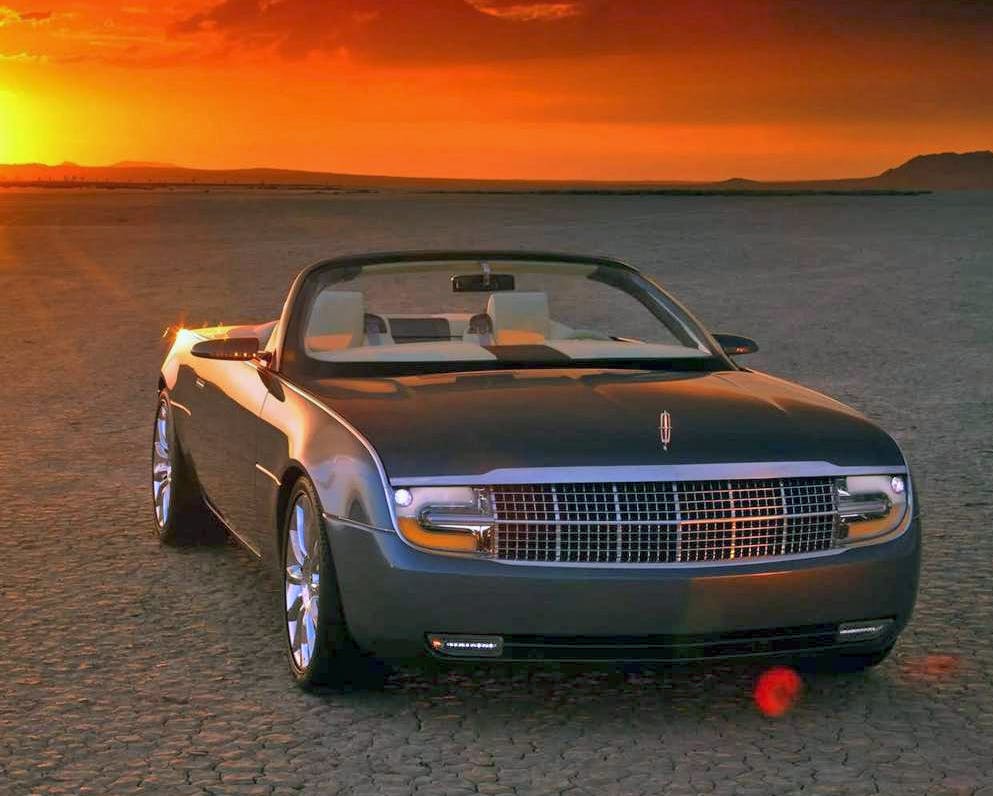
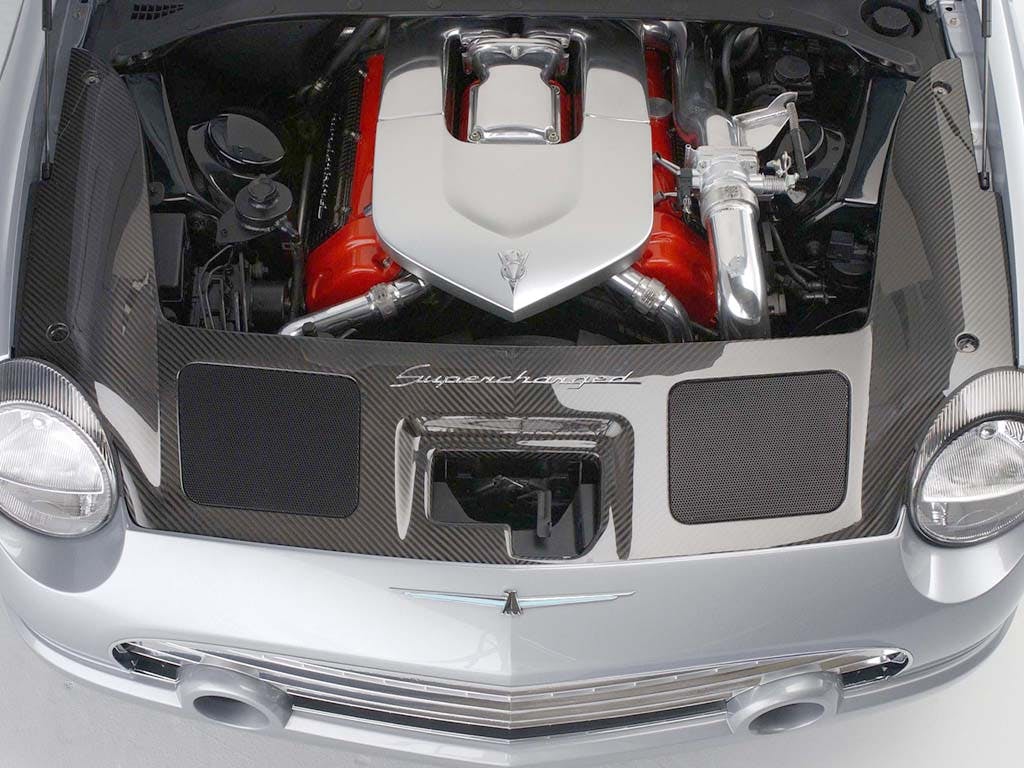
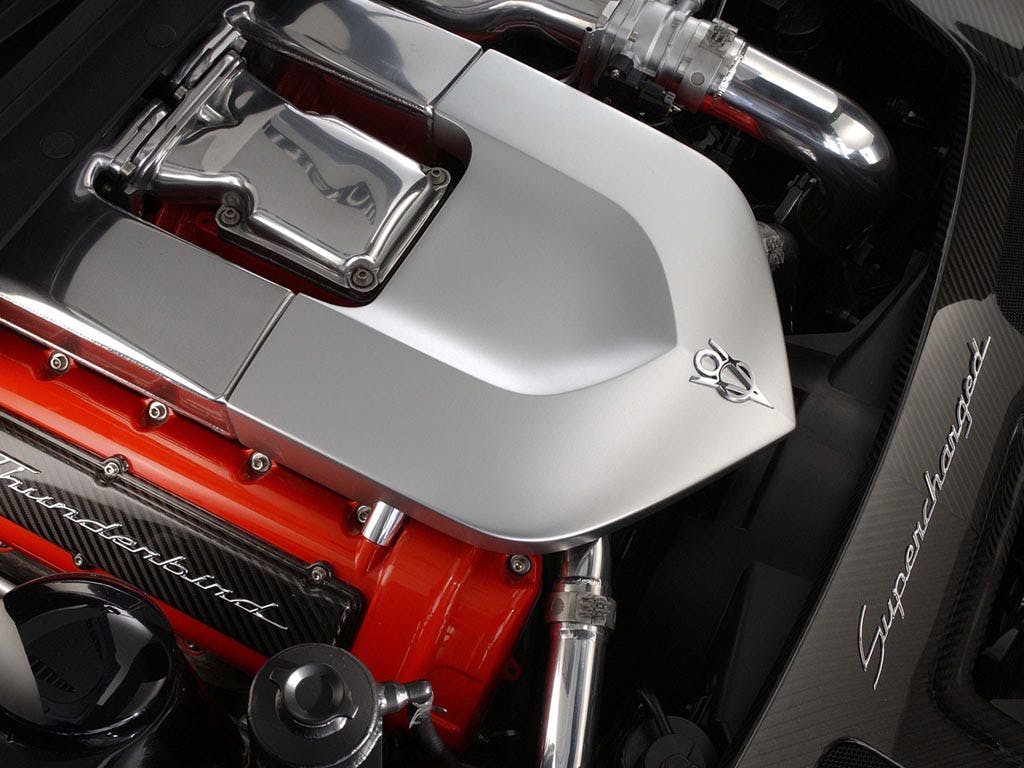

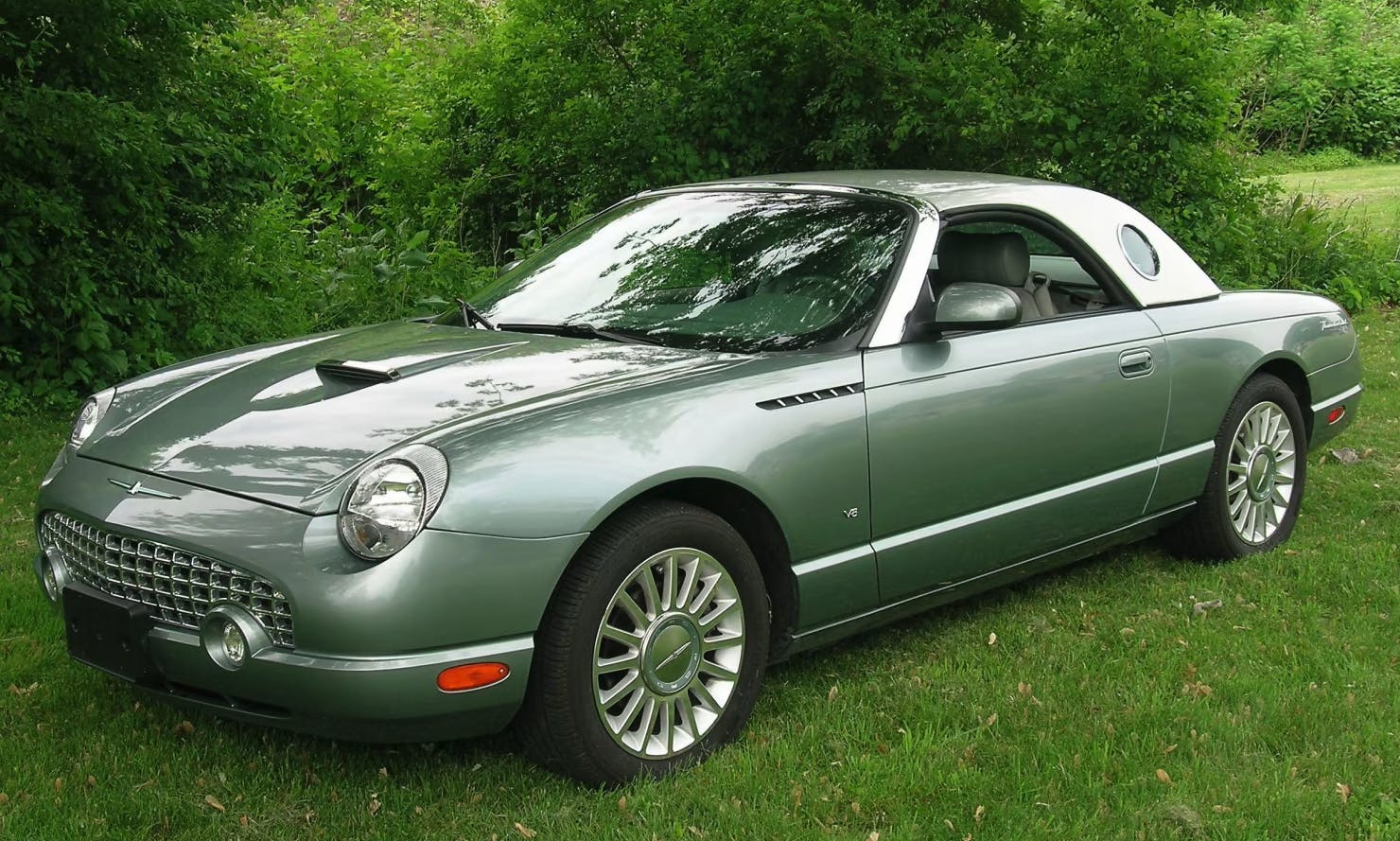

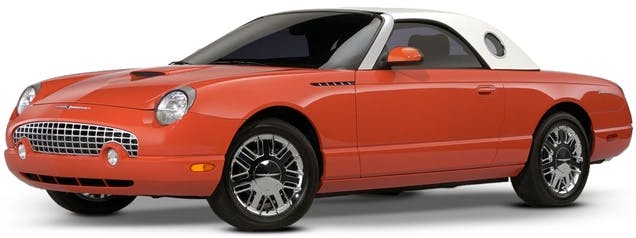


It all depends on your expectations , the originl birds were disappointment to thos buying them thinking they were a corvette type car Ford built and sold them as a personal car,a nd my personl expeirence the vettes of the time rode like crap but were much faster and way lighter I own 57 I bought in 70 t age 20 ndhd blst with it now lso hve a 57 e code I completely enjuoy showing to 1st place in the AACA grand nationals . Two year go bought my wife a 2004 Merlot buckskin interior as a nice fun driver nd ws pleasntly surprised wide track short wheel base and fair amount of creature comforts. Anyone buying either old or new thinking you are buying a sports car is just fooling themselves